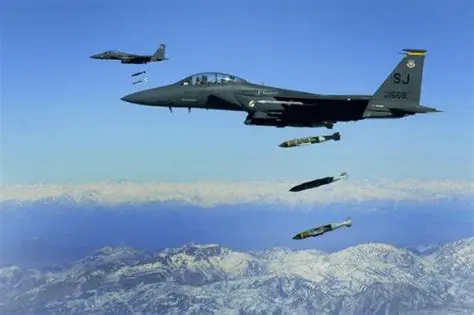Puerto Rico votes on Sunday on whether to become the 51st state of the United States. Why now, what does this mean and what are the chances a new star will be added to the Stars and Stripes? Here are six things you need to know.
What is Puerto Rico?
Puerto Rico is a small island over 1,300 kilometers southeast of Florida. Its closest neighbors are Haiti and the Dominican Republic to the west, the British Virgin Islands to the east and Venezuela to the south.
This file photo taken on May 8, 2017 shows people walking in the old town in San Juan, Puerto Rico.
Puerto Rico has a population of about 3.5 million, the capital is San Juan, and the main languages spoken are Spanish and English. Famous people with Puerto Rican roots include singers Jennifer Lopez and Ricky Martin, actors Benicio del Toro and Zoe Saldana and “Hamilton” musical creator Lin-Manuel Miranda.
What status does it have?
Formally known as the Commonwealth of Puerto Rico, the island is a US territory but not a US state. Its people are US citizens, the currency is the US dollar and the head of state is the US president.
But Puerto Ricans cannot vote in US elections and have no representative in Congress. They do however elect a governor who is head of the island’s government, overseeing the territory’s internal affairs.
Why is Puerto Rico voting?
Puerto Ricans already voted in 1967, 1993 and 1998 on whether to change their political system and decided against it. In a new vote in 2012, a majority voted to become a US state but doubts about the result meant nothing was done about it.
Proponents of statehood argue they are treated as second-class citizens and complain Puerto Rico receives less federal funds than US states.
Governor Ricardo Rossello has blasted what he sees as “colonialism” and called on Washington “to respond to the demands of 3.5 million citizens seeking an absolute democracy.”
Opponents say statehood would lead to a loss of autonomy and cultural identity. The two main opposition parties have called for a boycott of the vote. Others complain it is a waste of time when other issues are more pressing.
Why now?
The territory has been struggling under the weight of a US$70 billion debt crisis and filed for bankruptcy on May 3 in what has been described as the biggest municipal bankruptcy in US history.
A woman walks past a shut store in San Juan, Puerto Rico, December 9, 2016.
US statehood could help by handing Puerto Rico an extra US$10 billion in federal funds annually. It could also stem the tide of emigration which has seen hundreds of thousands leave over the past decade, to escape a 45-percent poverty rate and 11-percent unemployment.
What are the chances it will be passed?
In 2012, 54 percent of voters opted to change Puerto Rico’s status, and of those 61 percent voted for it to become a US state. There have been no official opinion polls however for this vote, making the result hard to predict.
What’s next?
Even if Puerto Ricans vote in favor of becoming a US state, any change in status will require action by the US Congress, which is far from guaranteed.
People stand in line at a polling station to cast their votes in the country's gubernatorial elections in Guaynabo, Puerto Rico, November 8, 2016.
A lighter question is what will happen to the Stars and Stripes: each star on the US flag represents a US state and there are an even 50 at the moment.
Adding Puerto Rico would require a new design as well as replacing the flags that fly on every government building and school.
A change is not unprecedented however. The US flag already went from 48 to 49 stars in 1959, when Alaska became a state, and added a 50th star a year later with Hawaii.
Voting in Puerto Rico will take place from 8:00 a.m. until 3:00 p.m. local time (8:00 p.m. to 3:00 a.m. BJT) on June 11.
(CGTN)
 简体中文
简体中文

